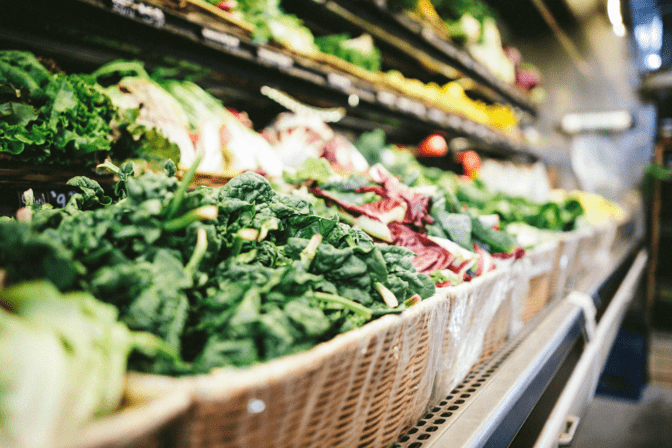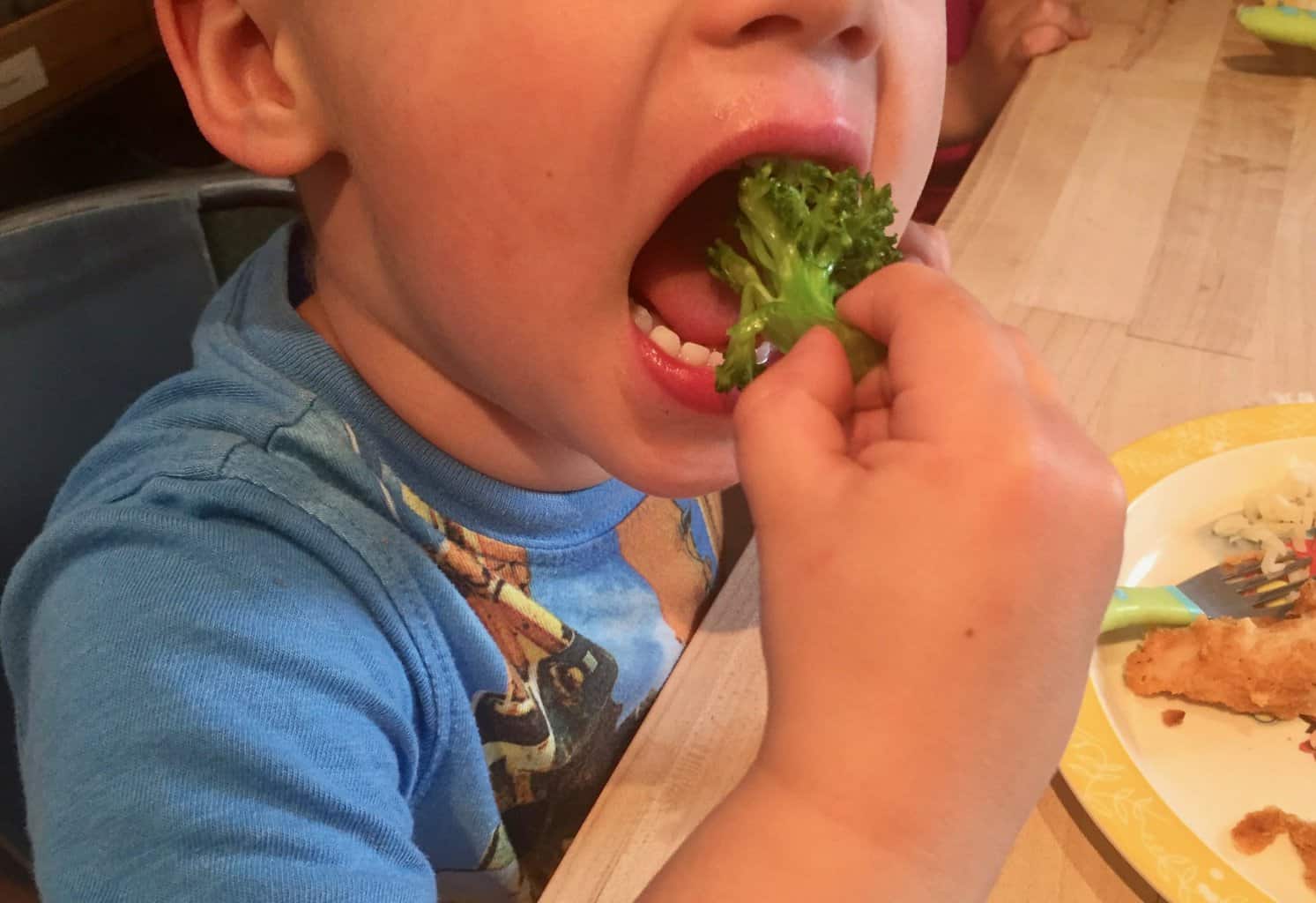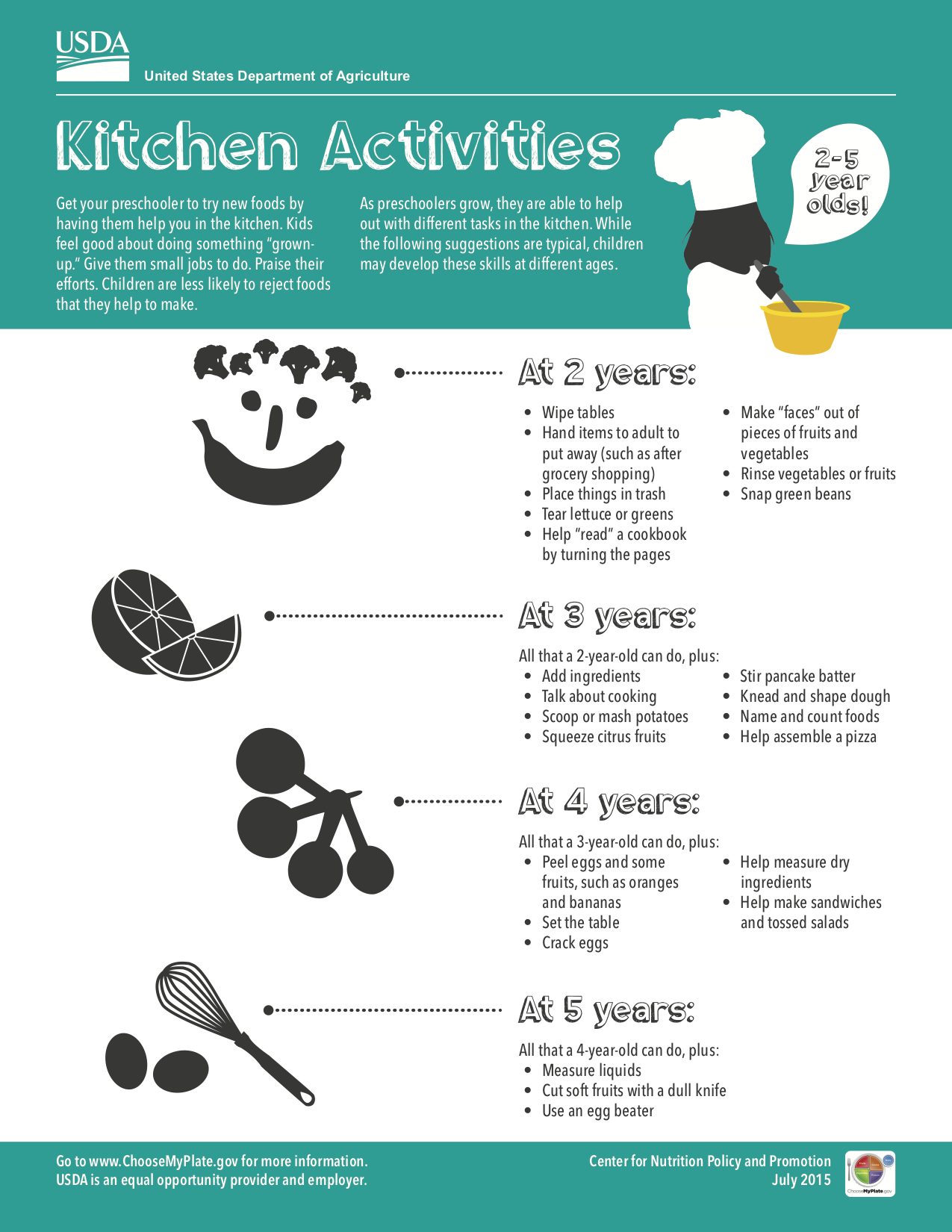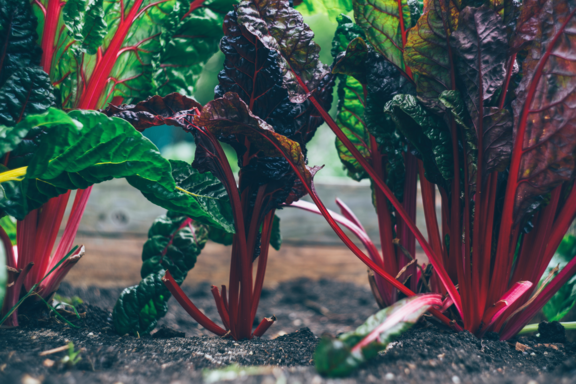This is what every parent wants to know, right? We know vegetables are nutritious and we want what’s best for our kids, so we want them to eat their veggies. Yet, they often refuse. This can be enough to drive a parent crazy! So, I’m going to share secret #1: let it go. This is going to save you a lot of stress and mental anguish. If you take care of your job as a parent—purchasing vegetables so they are available, offering them at meals and snacks, preparing them in a variety of ways and modeling the behavior you want to see (uh, that means you need to eat YOUR veggies!), then your job is done. You can sit back and relax. The rest is up to the kid. They get to decide if they eat the veggies you offer and how much they will eat.

Rachael Gorjestani
Some families, ours included, have the One Bite Rule. It states that you must taste one bite of each food offered. We have found that often our kids discover that they like something when they taste it, even if they were hesitant at first. And if they confirm that they don’t like it, they still get high-fives for being brave and tasting something new. Zero pressure to eat any more than they decide. I’ll admit, sometimes we experience serious push-back to this rule. In those cases, I let it go. It’s not worth an argument or a power struggle. In fact, that will only make things worse. Paramount to a family meal is keeping it pleasant. Every family needs to decide what works best for them. For some that means no One Bite Rule and that is absolutely okay. Picky eaters might be especially resistant to a one bite requirement, sometimes it’s best to leave the choice up to them.
Now that we’ve laid some ground rules, let’s get to the goodies! Read on for five ways to get your kids to eat more fruits and veggies.
1. Start Early
This can be as early as preconception. I often talk with parents who are concerned that their children do not eat veggies, when they do not eat them either. If you already have a good habit of eating veggies yourself, it won’t be as much of a challenge to continue the habit—planning to have veggies as part of your meals, purchasing enough, knowing how to prepare them and consuming them. Children start developing taste preferences IN UTERO. I think that’s so amazing. The flavors of the food mothers eat while pregnant are present in the amniotic fluid, so the little fetus gets his first taste experience! After being born, the flavors of mom’s food pass to her breastmilk, so babies continue to be exposed to a variety of flavors. Again, eat your veggies, Mom! Around six months of age, babies start to eat complimentary foods. Introducing veggies at this time and continuing to offer them is a good idea.

Scott Warman
2. Make Vegetables Available
Kids can’t eat veggies if they’re not in the house. Buying enough to offer a variety of veggies at meals and snacks EVERY DAY means kids get a lot of exposure. They’re seeing those darn veggies everywhere they turn! They can’t avoid them! It becomes their normal. They’re just there, it’s what they expect, it’s what they eat.
3. Be a Supermodel!
Model the behavior you want to see. It would be inconsistent to expect your kids to eat veggies if you don’t eat them. The best part about this is you don’t have to say a word. You can just sit there and enjoy. Meanwhile you’re beaming a message deep into their subconscious that says, “Vegetables are a delightful part of my meal.” It will become part of who they are.

4. Mix it Up–Familiar and New
Offer veggies they know and love in new ways. Or offer new veggies in familiar ways. For example, if your kids love raw broccoli with ranch, serve roasted garlicky broccoli and see what they think. Maybe they’ve never had radishes, offer them with ranch or another familiar dip that they like.
5. Get Those Kids Cooking!
Kids who participate in meal planning and preparation are more interested in the food they make because they are invested in it. Children as young as two years old can be put to work in the kitchen, and they love it! It is a wonderful activity for parents and children to do together. Children often want to help, so this is a great opportunity. Ask your kids what veggies they want with dinner or for snacks before you go shopping. At the grocery store, solicit their help in choosing the best veggies from the displays. At home, give them age-appropriate tasks in the kitchen.

6. Start a Family Garden
Doing this has SO many benefits to children, and one of them is getting them interested in eating more veggies. The wonder of starting with a seed, seeing a sprout break ground and watching it grow into a plant that produces colorful food we can eat is AMAZING to kids (who am I kidding, I’m amazed too)! You do not need a lot of space to give your kids the experience of growing and eating their own food. Sprinkling some lettuce seeds in a pot placed outdoors or on a windowsill produces great results! Many communities have communal garden space available as well. Or take a trip to a local farm! Your local farmers’ market is a good place to connect with farmers to find out who welcomes visitors.

Markus Spiske
So you got a bonus there, that was six ways to help your kids eat more veggies instead of five! I think it’s most important to know what to do, but also worth mentioning some of the common pitfalls to avoid (we’ve all been there!). Stay tuned for How to Get Your Kids to Eat More Vegetables Part 2!
The struggle is real, folks. If you have favorite tricks and tips that help your kids enjoy their veggies, please share with us in the comments below!


